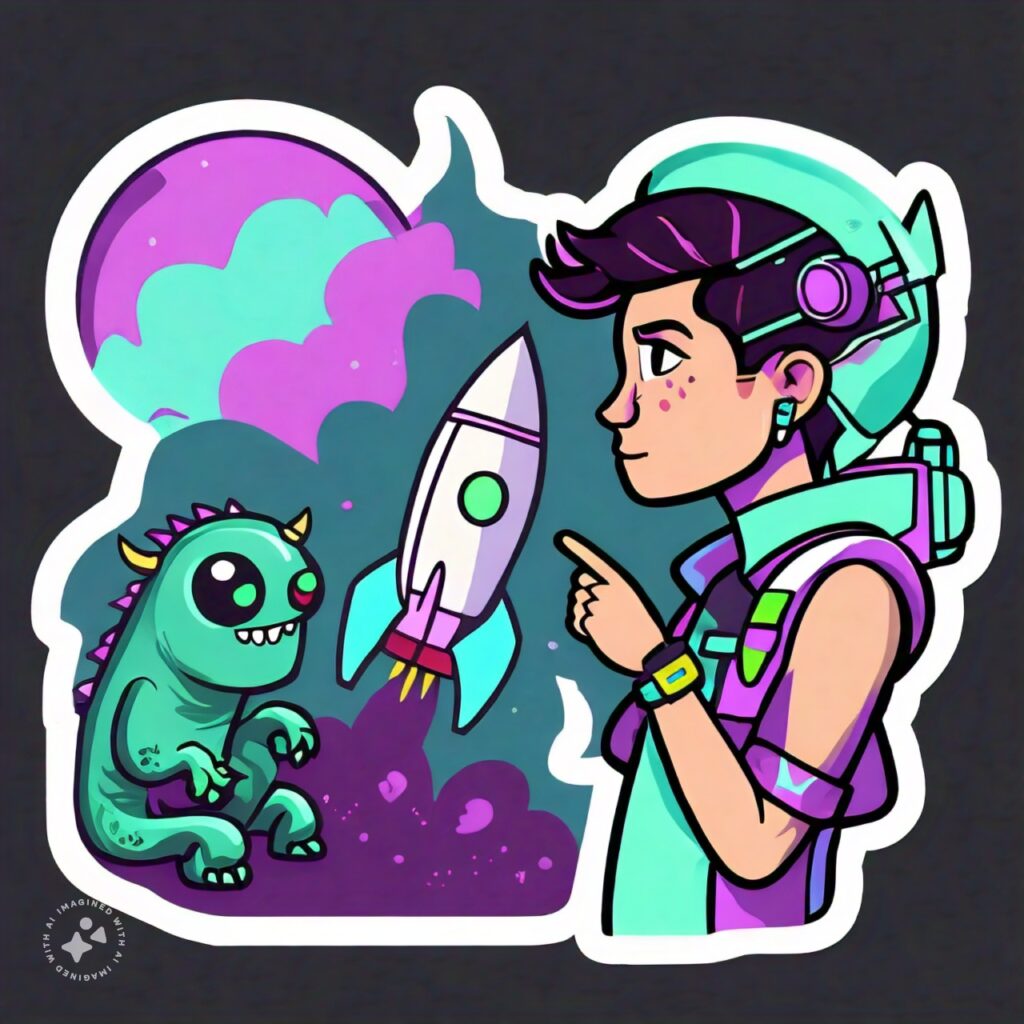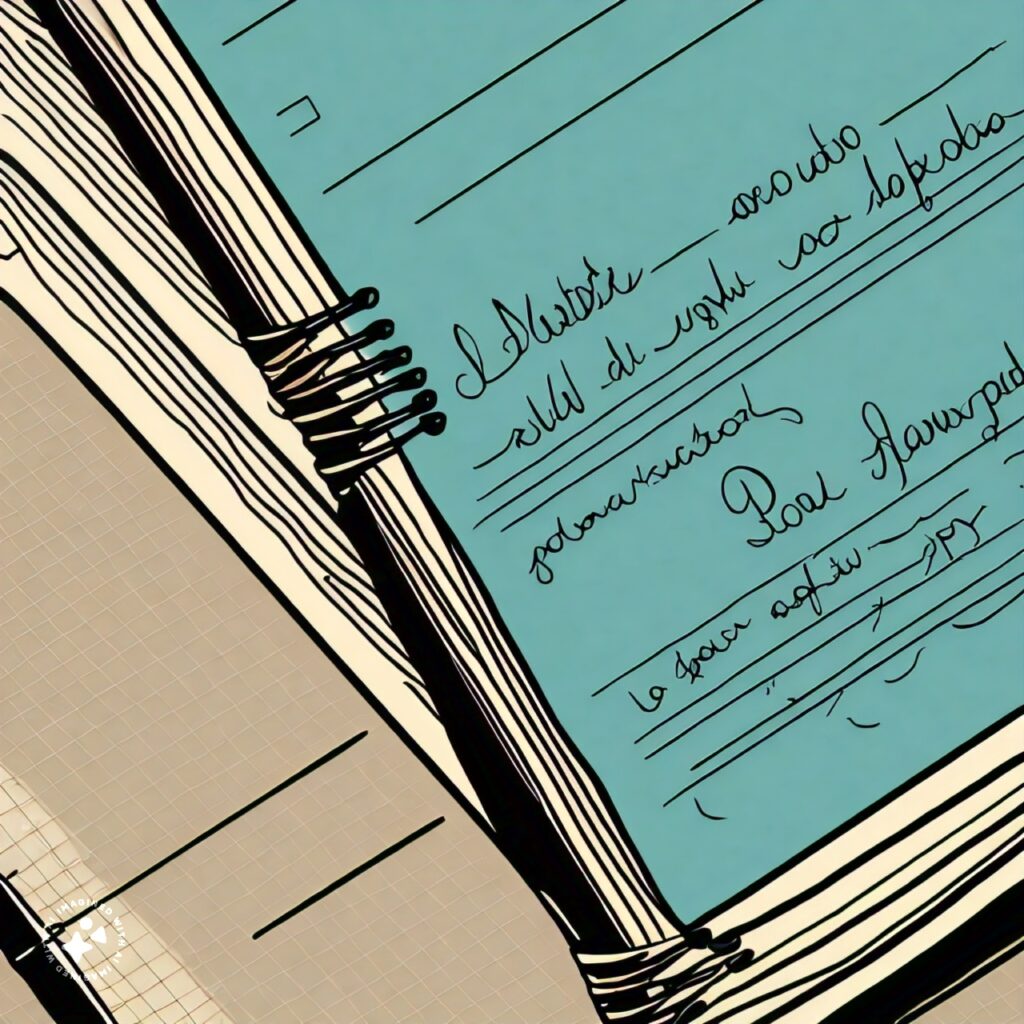Precognition 101
Unlocking Precognition: A Journal Guide to Reperceiving the Future
Welcome to your transformative journey of enhancing your precognitive ability inspired by Anthony Hodgson’s “Reperceiving the Future.” Through a disciplined approach and present-moment awareness, this guide will accompany you in practical exercises, reflections, and experiments meticulously designed to harmonize with the six vectors of influence.

Find a tranquil space, get your journal ready, and let’s embark on this empowering exploration!
1. Present-Moment Awareness:

Take a moment to ground yourself in the present. Close your eyes, focus on your breath, and let go of distractions. Notice your thoughts, feelings, and bodily sensations. What is the state of your present-moment awareness today?
2. The Six Vectors of Influence:
Listed below are the six vectors of influence. For each vector, take notes on how it manifests in your life, thoughts, and emotions.
- The Past:
- How do past experiences shape your current reality?
- Reflect on positive and negative experiences that still impact you.

- The Present:
- How are you choosing your thoughts, feelings, and actions today?
- Note moments where you consciously make decisions in the present.

- The Future:
- How do your thoughts and beliefs about the future affect your present reality?
- Write down any beliefs you hold about the future and their impact on your mindset.

- Other People:
- How do people around you influence your thoughts and emotions?
- Observe interactions and their effects on your mood and perspective.

- The Environment:
- How does your physical environment affect your mental state?
- Describe your surroundings and their impact on your focus and energy.

- The Unseen:
- What mysterious forces might be influencing your life?
- Reflect on intuitive insights or subtle influences you’ve felt.

3. Focused Visualization:

Choose one positive future outcome you desire. Close your eyes and vividly imagine every detail of that scenario. Engage all your senses – what do you see, hear, smell, taste, and feel? Take notes on your visualization experience.
4. Controlled Experiments:
Experiment with predicting simple outcomes based on intuitive insights. For instance:

- Predict the color of the next car you see.
- Guess the outcome of a coin toss.
- Intuit the contents of an unopened envelope.
Document your predictions and actual outcomes. Analyze the results for accuracy and areas to improve.
5. Reflect and Refine:

Review your journal entries, predictions, and outcomes regularly. What patterns do you notice? What insights have been accurate, and where did you miss the mark? Use this feedback to refine your approach.
6. Continuous Learning:

Read books, articles, and resources on precognition, consciousness, and related topics. Take notes on new ideas and techniques to incorporate into your practice.
7. Patience and Persistence:

Developing precognitive ability takes time. Celebrate your successes, no matter how small, and stay committed to your practice. Consistency and patience are your allies.
Closing Thoughts:
End your journal entry with reflections on your experiences today. How did present-moment awareness and engagement with the six vectors influence your perceptions and insights? What did you learn?

Remember, this journal is your personal space to explore, learn, and grow. Keep it as a record of your progress and a source of inspiration on your journey to enhancing your precognitive abilities.
Happy exploring and discovering the depths of your intuition and awareness!